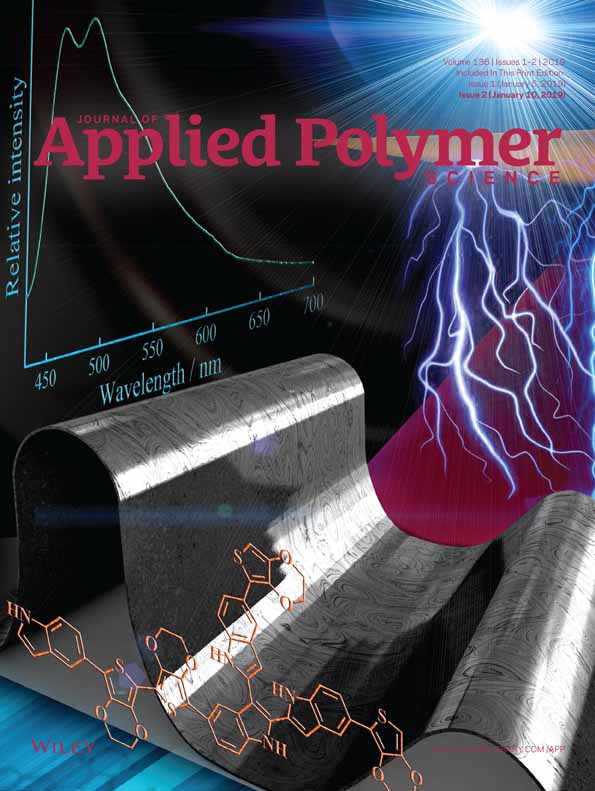Design and synthesis of antibacterial waterborne fluorinated polyurethane
ABSTRACT
Antibacterial waterborne polyurethanes (WPUs) have attracted increasing attention in a wide range of industrial applications because of their versatile properties as well as ecofriendly nature. Although extensive research has been carried out on antibacterial WBPU synthesis, the roles of some of the key synthesis components remain unclear. In this study, the novel chain extender DMG (dimethylol propionamide containing guanidine group) was designed and synthesized, which has not been reported before. DMG and the waterborne fluorinated polyurethanes containing DMG show high bactericidal (> 99.99%) efficacy against a broad spectrum of gram-positive and gram-negative bacteria. Furthermore, when the amount of DMG reached 5%, the average particle size of waterborne fluorinated polyurethane dispersions was 56.24 nm. And waterborne fluorinated polyurethanes showed good thermal (> 460 °C) properties and high crystallization with the increase of chain extender DMG. The successful synthesis of these fascinating antibacterial waterborne materials may provide new insights into the development of protection materials in a sustainable form, which could be applied as coatings in various fields to prevent microbial contamination. © 2018 Wiley Periodicals, Inc. J. Appl. Polym. Sci. 2019, 136, 46923.




